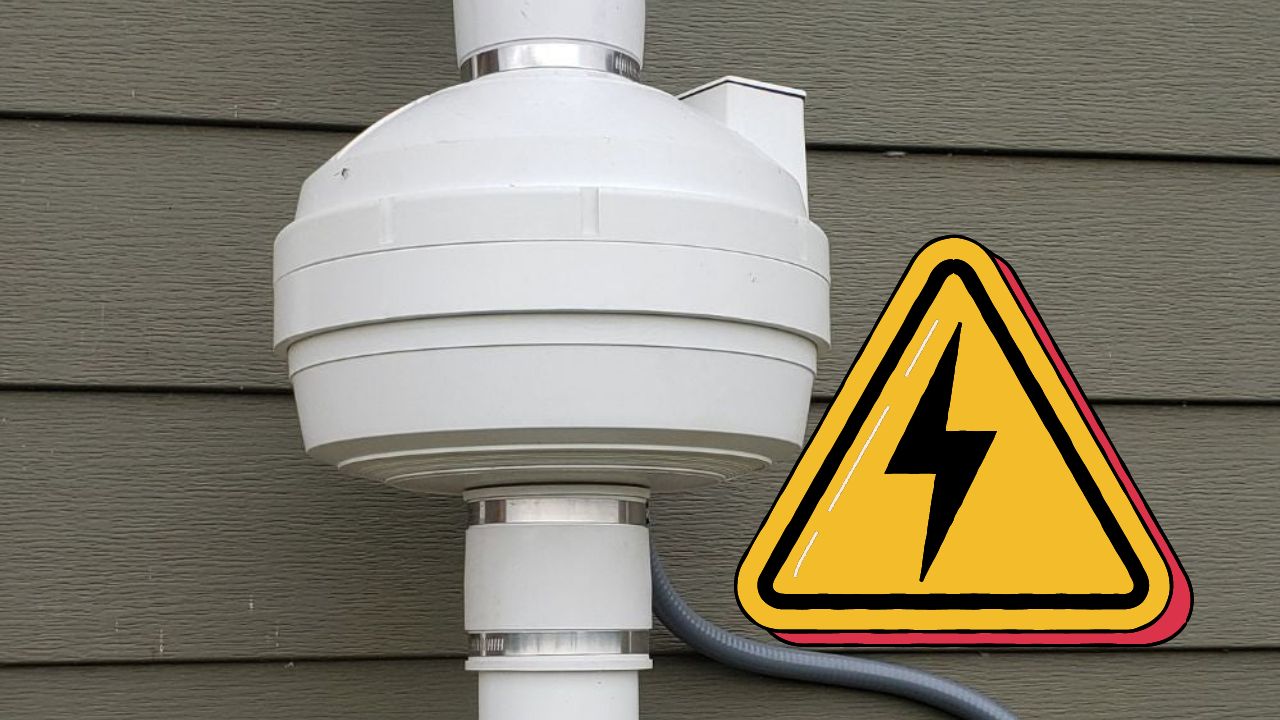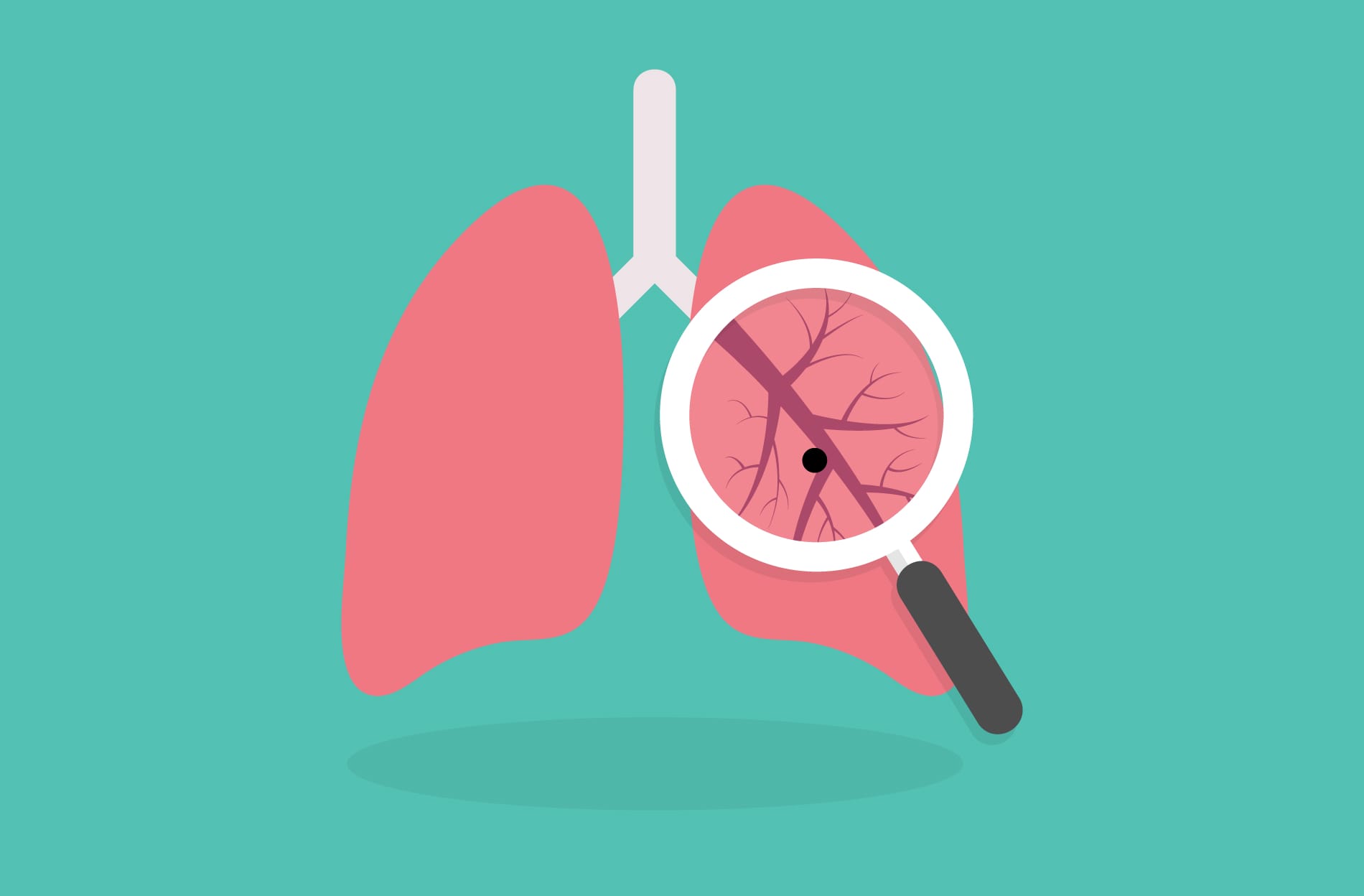Radon is a naturally occurring radioactive gas that can seep into homes from the soil and rock beneath them. Exposure to high levels of radon over time can increase the risk of lung cancer. To mitigate this risk, many homeowners install radon mitigation systems to reduce radon levels in their homes. However, one common question is: how much energy do these systems consume?
Table of Contents
The Basics of Radon Mitigation Systems
A typical radon mitigation system consists of a fan, piping, and a vent that extends from the lowest level of the home to the outside. The fan draws radon-contaminated air from under the home’s foundation and expels it outside, preventing it from entering the living spaces.
The most common type of fan used in radon mitigation systems is a centrifugal fan, which consumes between 50 to 200 watts of electricity. The exact wattage depends on factors such as the size of the home, the length of the piping, and the efficiency of the fan.
Calculating the Electricity Costs
To estimate the annual electricity cost of running a radon mitigation system, we can use the following formula:
- Watts × Hours per day × Days per year ÷ 1000 × Cost per kWh = Annual cost
Let’s assume a system that uses a 100-watt fan running 24 hours a day, 365 days a year, with an electricity rate of $0.12 per kWh:
- 100 watts × 24 hours × 365 days ÷ 1000 × $0.12 = $105.12 per year
This means that the direct electricity cost of running a 100-watt radon mitigation fan would be around $105 per year, assuming average electricity rates. However, this is just the tip of the iceberg when it comes to the total operating costs.
The Impact of Heating and Cooling Losses
One of the biggest contributors to the operating costs of a radon mitigation system is the heating or cooling losses associated with the air that is drawn into the system from the basement or crawl space. This is known as “convective energy loss.”
When the radon fan draws air from under the home’s foundation, it creates a negative pressure that pulls in replacement air from the basement or crawl space. In colder climates, this replacement air needs to be heated, while in warmer climates, it needs to be cooled. The energy required to condition this air can add an additional $225 to $500 per year to the operating costs of the system.
The amount of convective energy loss depends on several factors, including:
- The size of the home
- The climate and outdoor temperature
- The efficiency of the home’s heating and cooling system
- The level of insulation and air sealing in the basement or crawl space
To minimize convective energy losses, it’s important to ensure that the basement or crawl space is properly sealed and insulated. This can help reduce the amount of unconditioned air that is drawn into the radon mitigation system.
Other Operating Costs
In addition to electricity and heating/cooling costs, there are a few other ongoing costs associated with operating a radon mitigation system:
- Maintenance: Regular maintenance, such as cleaning the fan and checking for blockages in the piping, is important to keep the system running efficiently. This can cost around $50 to $100 per year.
- Fan replacements: Radon fans typically have a lifespan of 5 to 10 years before needing replacement. The cost of a new fan can range from $100 to $500, depending on the size and type of fan.
- Electricity rate changes: If electricity rates in your area increase over time, your annual operating costs will also increase.
Comparing Costs to Benefits
While the operating costs of a radon mitigation system may seem high, it’s important to consider the potential health benefits of reducing radon exposure. According to the Environmental Protection Agency (EPA), radon is the second leading cause of lung cancer in the United States, responsible for an estimated 21,000 lung cancer deaths each year.
By reducing radon levels in your home, you can significantly reduce your risk of lung cancer. The EPA recommends taking action to mitigate radon if levels exceed 4 picocuries per liter (pCi/L) of air. At these levels, the lifetime risk of lung cancer is about 7 in 1,000 for smokers and 3 in 1,000 for non-smokers.
In comparison, the average annual operating cost of a radon mitigation system is around $300 to $700. While this may seem like a significant expense, it’s a small price to pay for the peace of mind and health benefits of knowing that your home is safe from radon exposure.
Conclusion
Radon mitigation systems are an important tool for reducing the risk of lung cancer in homes with high radon levels. While the direct electricity costs of running these systems are relatively modest, the total operating costs can be significant due to heating and cooling losses, maintenance, and fan replacements.
To minimize operating costs, it’s important to ensure that the basement or crawl space is properly sealed and insulated and to choose an efficient radon fan. Regular maintenance is also crucial to keep the system running at its best.
Ultimately, the benefits of reducing radon exposure far outweigh the costs of operating a mitigation system. By taking action to mitigate radon in your home, you can protect your family’s health and give yourself peace of mind.




